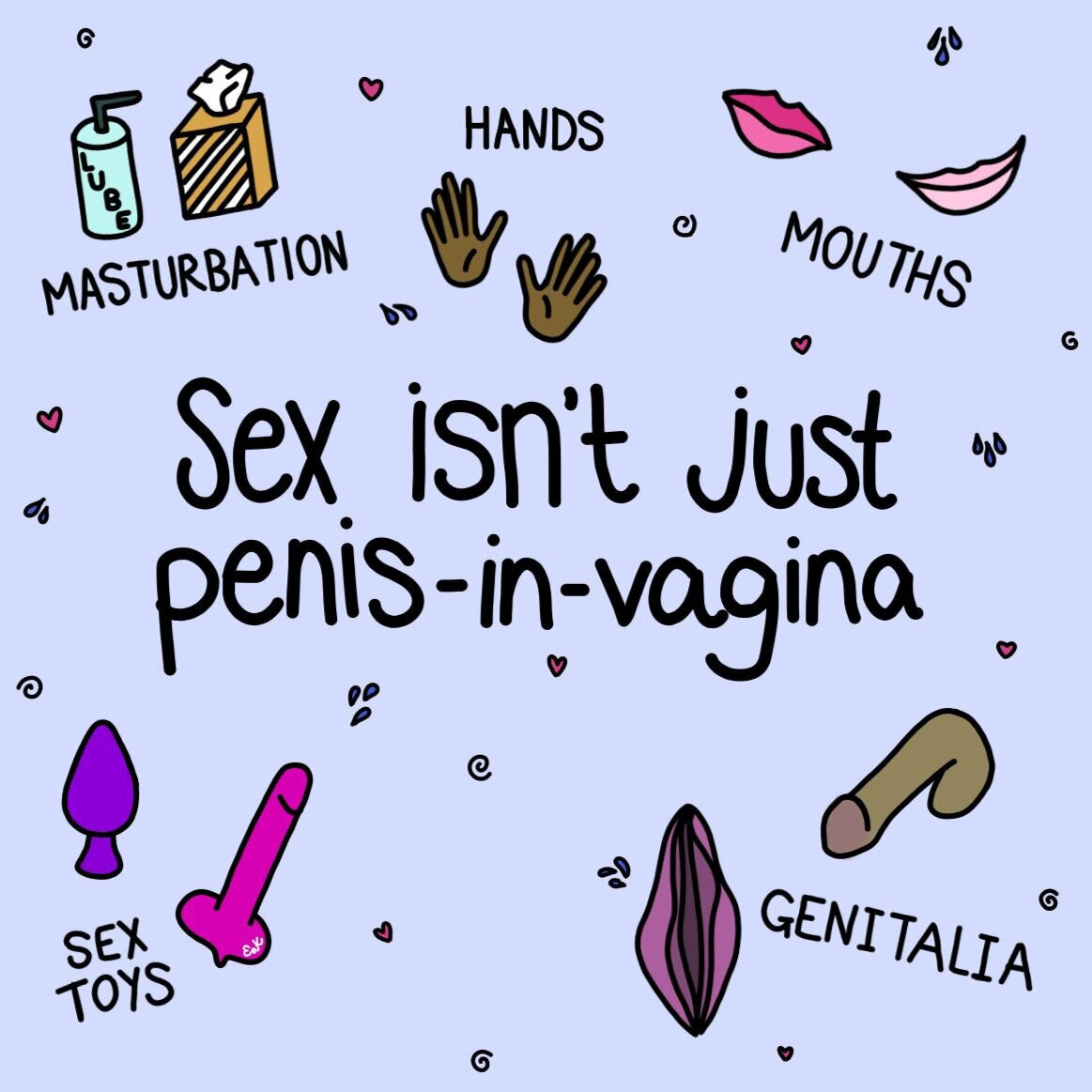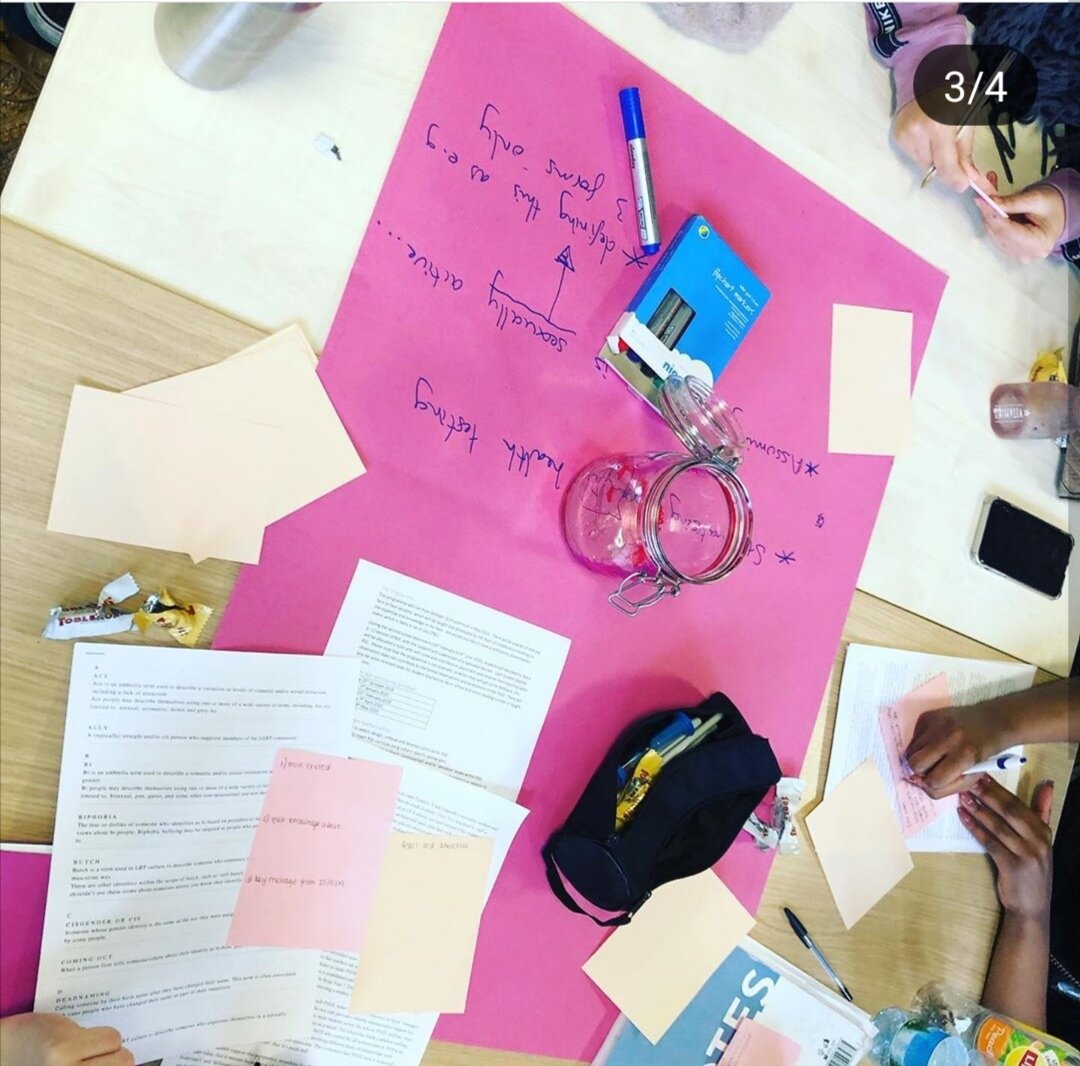By Sara Haller, Education Worker at Common Youth, a young person’s sexual health charity in Northern Ireland.
To understand how abortion is taught (or more aptly not taught) in Northern Ireland some attention needs to be paid to the context of the region. To put it briefly, Northern Ireland was founded in 1921, when due to Unionists demands, it was partitioned from what is now known as the Republic of Ireland. To a wider British audience, the conflict we call ‘The Troubles’ may seem confusing and multifaceted (which it is), but what cannot be stressed enough is the nefarious and controlling role of BOTH religions on the development of Northern Irish society and ethos. One of the few things extremist Catholics and Protestants could agree on is what they both perceive as the abhorrent nature of abortion and anyone who supports it. This religious influence is one of the reasons that Northern Ireland (NI) has developed differently from the rest of the United Kingdom (Scotland, Wales, England) and it has shaped how we talk about everything, especially abortion. The 1967 abortion act was not extended to Northern Ireland which meant abortion remained a criminal offence until October 2019.
Delivering relationship and sexuality education to the community is my role in Common Youth, a young person’s sexual health charity in Northern Ireland (we also have a clinic). Faced with stigma (that was basically enshrined in law) our education workers were, in the past, unable to outwardly display anything that looked like a pro-choice stance before October 2019. This was not an organisational stance but rather it came from the very real fear of being faced with a legal challenge if we talked about how to procure an abortion. To be in any way linked to abortion was detrimental to the reach of our organisation.
Operating under the banner of Brook from 1992 until 2017 we were held in disdain by some of those in the community. We were regarded widely as an abortion referral clinic, despite the fact our funding allowed us to only have a contraception function. Even being ‘accused’ of being a referral organisation was enough to alienate us from those in power. Politician, senior civil servants and other public people all spoke openly against our organisation, spreading the fallacy that we were abortion providers. This had a massive impact. We even had GP’s signposting to us, being sent to our door, bags packed, and shaking with nerves. These people had been told we could ‘put them on boat’ and ‘get them sorted’. In reality we couldn’t even give them a phone number.
Perceptions and opinions trickled down and many refused to work with us. We had people calling in asking for information, really pushing for us to give out numbers or help in any way. We couldn’t do more than tell them about the yellow pages or the internet. This may seem callous, but we had people constantly waiting for us to slip up. We had phone-calls and drop-ins which we suspected were tests for anti-choice organisations. The establishment (both society and governmental) did not want to have us operating in any capacity. They hated our sex positive attitude and regarded the morning-after pill as a form of abortion and it is only in the past couple of years that this has this shifted, slightly. Our senior staff were sent death threats and were accosted on the street on the way to their cars. This petty aggression really only served to strengthen the convictions of those they attempted to scare.
In 2017, we reorganised and changed our name from Brook to Common Youth. After this we saw a growth in the scope, i.e. the types of organisations who were inviting us to deliver our sessions. We were puzzled initially as we thought rebranding would mean we would have to re-establish trust in the community. After some informal probing, it became apparent our new branding was free from preconceived baggage and this loosened the tight constraints the false perception of us had created.
We move to the present day, in a slightly more progressive Northern Ireland. Whilst the law has changed it is difficult to say how much attitudes have shifted. Through my work as an RSE Educator I am on the front line between policy and people; teaching the law, and hearing the opinions. The programme we run is for 11-25 year olds and takes the form of three two-hour sessions run across consecutive weeks. As an educator, I believe I am doing young people an injustice if I do not in some way discuss abortion. For some young people even speaking the word is taboo in their households. I am potentially their first – and only – avenue for fact-based information around the service. If you are reading this and thinking it sounds like hyperbole take a look at organisations like Precious Life, and the vast following they have online (I feel horrendous guilt even giving their socials any traffic). This organisation is also invited into schools to give “educational” sessions.
Abortion is now something that Common Youth discusses in our sessions. We leave it to the later sessions when the room dynamics have been firmly established, and when it would tend to organically arise from our discussions on pregnancy. The discussion in the room can range from the celebration of the change in legislation to outright condemnation of the pro-choice movement. It is when I get the latter reaction that I find myself most excited. What I have found as an educator is that it is the young people who say nothing who are the ones that give me most cause for concern. The young people who bring arguments against abortion to the table are, at least usually, open to a discussion. I always praise their ability to speak in an open and respectful manner, and reinforce that the point of every debate is to reach a conclusion, not to offend. The session is probably the first time they’ve ever independently verbalised their opinions, and giving those opinions space in the room is incredibly important.
Minds are not changed overnight, or in three two-hour sessions, but I do feel I play a role in helping everyone see the two sides. I have tremendous respect for the young people I work with, and it is easy to see the basis of their opinions when we take into consideration the lack of formal, regulated RSE in schools in NI. This means a lot of beliefs around sexuality and sexual health come from parents (who were often educated on the topic by religious leaders). Abortion remains a treacherous teaching terrain regardless of location. Alongside our own uniquely Northern Irish barriers to educating around abortion, we also have the more global issues – including how gendered education around pregnancy in its entirety can become. We have a long way to come in Northern Ireland but, as romanticised as it sounds, I do genuinely feel we move a step closer with every discussion.
My Experience
On 25th March 2020, the Secretary of State published the provisions for Abortion in Northern Ireland; my reaction is thwarted with mixed emotions.
First of all, there is joy that the grassroots movement, spearheaded by Alliance for Choice, was successful in changing the draconian law in Northern Ireland. I cannot sing the praises of this organisation highly enough, their campaign was inclusive, passionate and reasoned, and it is because of the work of their volunteers that we have even come this far. On 22nd October 2019 a bill was passed by Westminster which decriminalised abortion in Northern Ireland and set out to create a provision for how abortion would be carried out in Northern Ireland. Until the passing of this bill it was a prosecutable offence to facilitate or successfully seek an abortion. This means that when I used abortion services in Manchester in 2016, I was forced to break the law in order to practice my right of bodily autonomy.
The difficulties in teaching abortion is nothing in comparison to the hurdles one must overcome to actually procure one. My experience of abortion has helped inform how I talk about abortion and has fuelled my activism around the subject. In 2016, I found myself with an unplanned pregnancy.
Being unable to access an abortion in my own country (there were abortions being done in rare cases above board, and also some below board) I was forced to travel to England. This ‘trip’ cost me over £900 and left me in dire straits financially for months afterwards. I had to opt for the more expensive surgical abortion, due to the fact it took time to get the money together, to organise time off work and to physically travel as well. At the time, I often found myself reflecting that money was the only thing that gave me a choice; no law or statute. Abortion was and continues to be a class issue.
That same year a young woman was given a suspended prison sentence after she pleaded guilty to procuring her own abortion using tablets ordered online. She was reported to the police by her housemates who defended themselves by arguing “if you break the law you have to be punished”. For me, this story encapsulates what I felt at the time; of being under siege by the community I lived in. I felt like an enemy of the people, unable to even tell my own family or friends for fear of being harshly judged, or criminally convicted.
My story is like any other, and for me the decision was easy. The hardest thing I had to endure however was the public shaming on the street by anti-choice protestors. How these people have the time, never mind the lack of empathy, to stand on streets and harass strangers is something I will never understand. However, what I do fully understand is the negative impact of their actions, and because of this I vehemently believe they should not be allowed anywhere near these clinics.
Northern Ireland, through Westminster, has changed the law recently. One of the requests made by Alliance for Choice was to ensure that these people were kept a distance away from clinics. This request was not met. This was just one of many disappointments that came from the recent announcement of the provisions for abortion in Northern Ireland. Alliance for Choice were invited to the table with a clear set of demands: No arbitrary limits on weeks’ gestation; No two medic sign-off; No conditionality on health/mental health reasons; No barriers for victims of sexual assault and rape at any gestation; and Buffer zones requirements implemented before services begin, to name but a few.
None of these were fully met. As with most things in Northern Ireland, the fight never seems to end, and so continues the fights for free, safe, legal and local abortion services for all. Through my experience of being a service user and my time spent working with young people, I have come to a hopeful conclusion: as Northern Ireland emerges from a dark recent history, I am proud of the steps we have made towards becoming an inclusive, progressive society. Through the work that Common Youth does we are helping to create an open space for people to challenge their opinions and grow. The law only changed last year, and already the air seems clearer.
Illustrations by Evie Karkera, unless otherwise credited.
Our book ‘Sex Ed: An Inclusive Teenage Guide to Sex and Relationships’ is out now.







